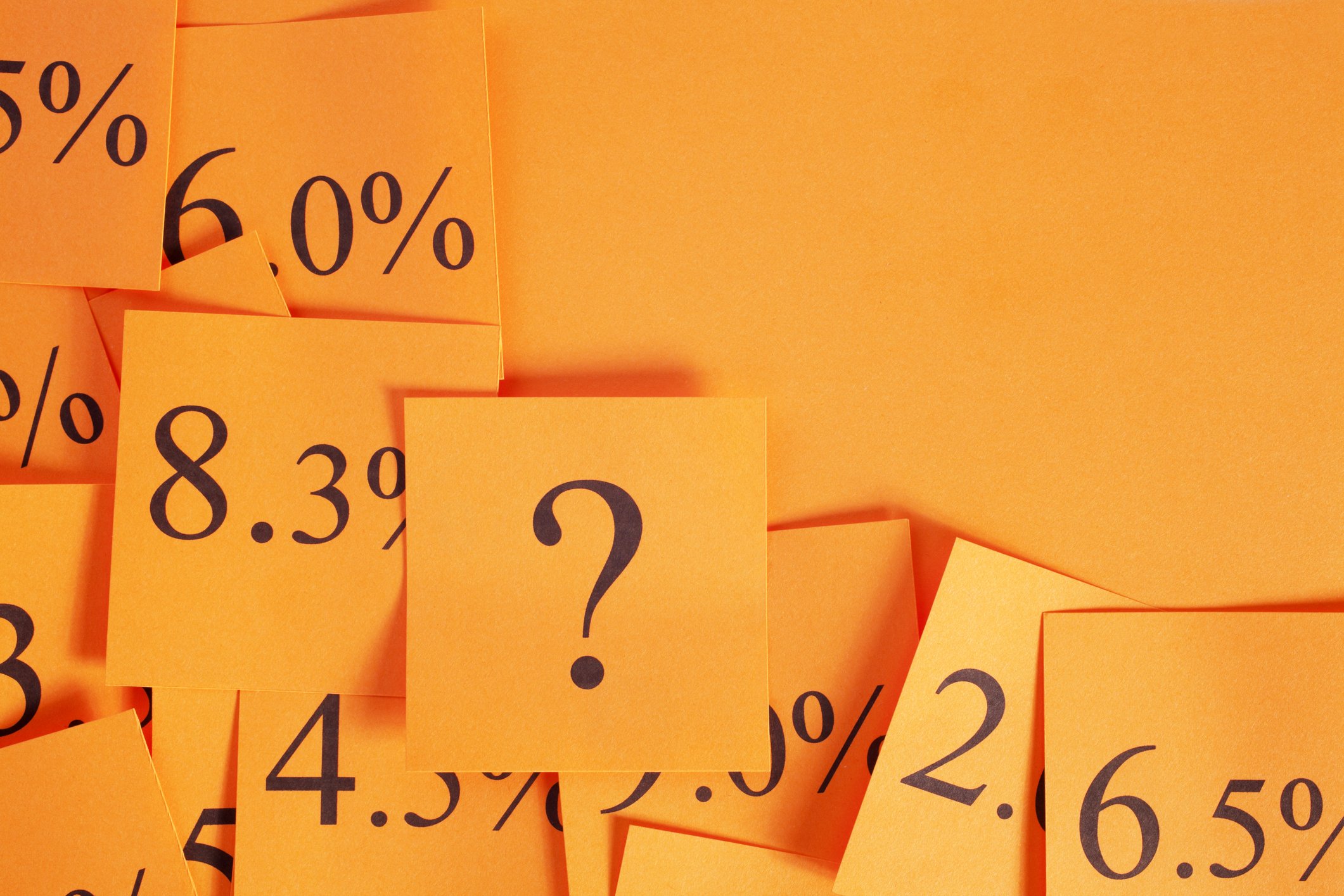What’s APR, Really? A Teen’s Guide to Interest Rates
Let’s be real: the world of money can get confusing—fast. Especially when adults start throwing around terms like interest rates and APR.
But here’s the good news: you don’t need a finance degree to understand what these things mean—and knowing them now can save you serious stress (and cash) later.
Whether you’re thinking about getting a credit card someday or just want to get smart with your money, this guide breaks down APR and interest rates in a way that actually makes sense.
What Is Interest
When you borrow money, you don’t just pay back what you borrowed—you pay a little extra. That extra is called interest. It’s how banks and lenders make money from lending you theirs.
It’s kind of like a “thank you fee” for using someone else’s cash.
Example:
If you borrow £100 with a 10% interest rate and don’t pay it back right away, you’ll owe £110—that’s £100 + £10 in interest.
So…. What Is APR
APR stands for Annual Percentage Rate. It shows you how much borrowing money will actually cost you over a year—including interest and any extra fees.
If interest is the price tag, APR is the full cost (with taxes and everything included).
Why it matters:
It gives you a realistic picture of what you’ll pay.
It helps you compare cards or loans before you borrow.
Example:
Two credit cards offer 20% interest, but one has a £25 yearly fee. The one with the fee will have a higher APR—because it’s more expensive overall.
Fixed Vs Variable APR
You might see these terms too:
Fixed APR – The rate stays the same (unless the bank warns you ahead of time).
Variable APR – The rate can change, often based on the economy.
Teen Tip: Fixed is easier to plan for, but variable might start lower. Just be ready if it changes!
When Does Interest Actually Kick In
With credit cards, if you pay off your balance in full every month, you usually don’t pay any interest. But if you only pay part of the bill, interest is charged on what’s left—and it adds up fast.
Example:
If you owe £500 and only pay £50/month, you’ll be paying interest on the remaining balance every time—and it’ll take much longer (and cost more) to pay it off.
How Does APR Effect You
The higher the APR, the more expensive it is to borrow money. That’s why it’s important to:
Compare rates before signing up for a card or loan
Pay your balance in full (if you can!)
Understand what you're really paying for
Where Can You Find The APR
Every legit lender is required to show the APR clearly when you apply for a credit card or loan. You’ll usually see something like:
“Representative APR: 24.9%”
Teen Tip: Don’t just look at the perks like rewards or cashback—check the APR too. That’s where the real cost lives.
APR And Your Credit Score
Did you know your credit score affects your APR?
A higher credit score = lower APR (because lenders trust you more)
A lower score = higher APR (more risk for them, more cost for you)
That’s why building good credit habits early—like paying bills on time and not borrowing too much—can help you get better deals later.
Final Thought
APR and interest rates might sound like boring bank talk—but they have real effects on your money, especially as you start using credit. Learning how they work now means you’ll be way ahead when it’s time to choose a credit card, take out a loan, or even finance a car.
Bottom line? APR tells you the true cost of borrowing. Know it. Compare it. Use it to make smart money moves.
Because the smartest flex isn’t spending—it’s understanding how the system works.
If you use it responsibly, a student credit card could help you manage your money while you’re at college or university. It’s also a way to start building up a good credit score. Read our guide on what you need to know before you apply.






